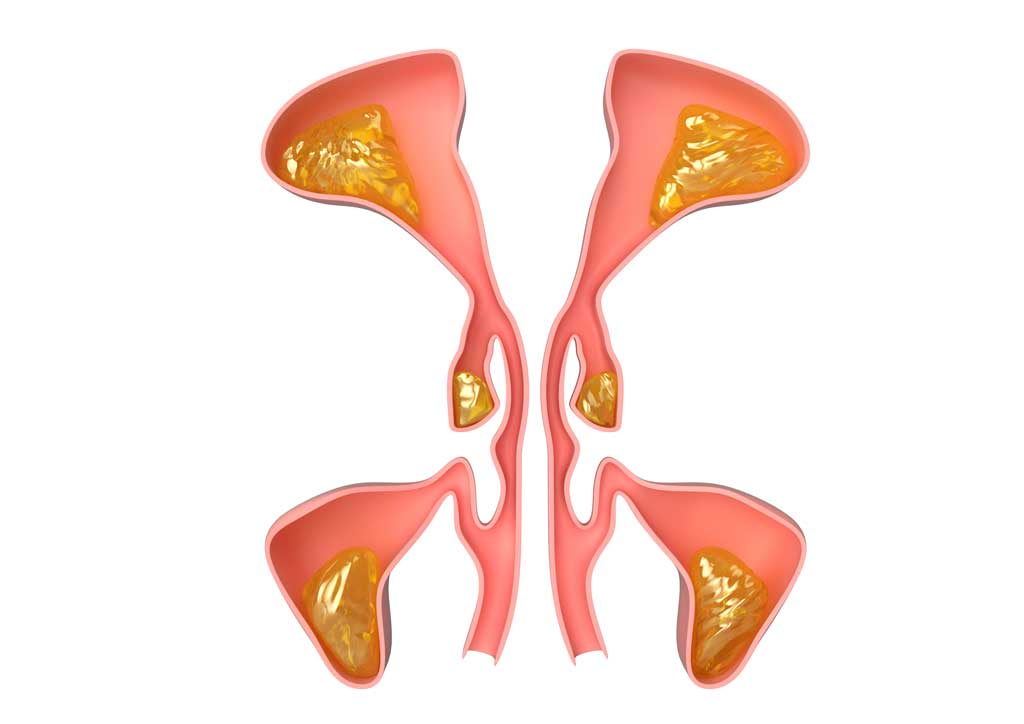Home » Balloon Sinuplasty
A balloon sinuplasty is performed in a hospital or in an ENT clinic. The patient may be placed under local or general anesthesia.
During the procedure, the physician will insert a wire with a tiny light at the end into the patient’s sinus cavity. Next, they will insert a balloon catheter into the passage and slowly inflate it to expand the sinus opening.
A saline solution will be used to fluish out built-up mucus and clear the sinus cavity. This will decrease pressure and gently restructure the bones around the sinuses. Once the balloon is removed, the sinus passageway is left wider and the patient should be able to breathe better.


Patients are able to go home the day of the procedure and resume regular activities within a day or two. Patients may experience nosebleeds, swelling, fatigue and congestion. These side effects are normal and should resolve within five to seven days.
Patients should avoid blowing their nose for at least 24 hours. They should also avoid strenuous activity for one week after the procedure. Patients are encouraged to sleep with their head elevated to help relieve discomfort from drainage.
An antibiotic will be prescribed to help prevent an infection. Patients will also be prescribed a saline solution that they will need to use for three to seven days after the procedure to help lubricate the sinuses and support healing. However, patients should obtain clearance from their doctor before taking any drugs or pain relievers such as ibuprofen or aspirin.
The potential risks of balloon sinuplasty include: